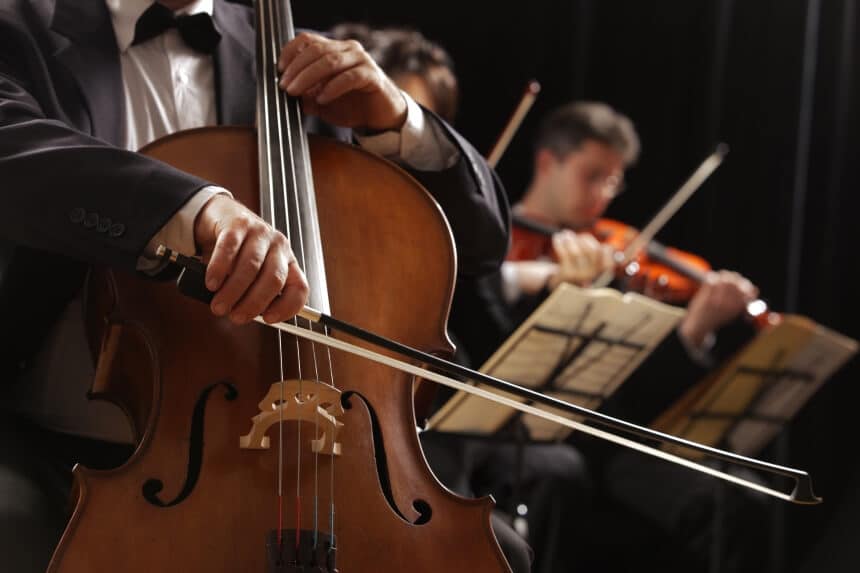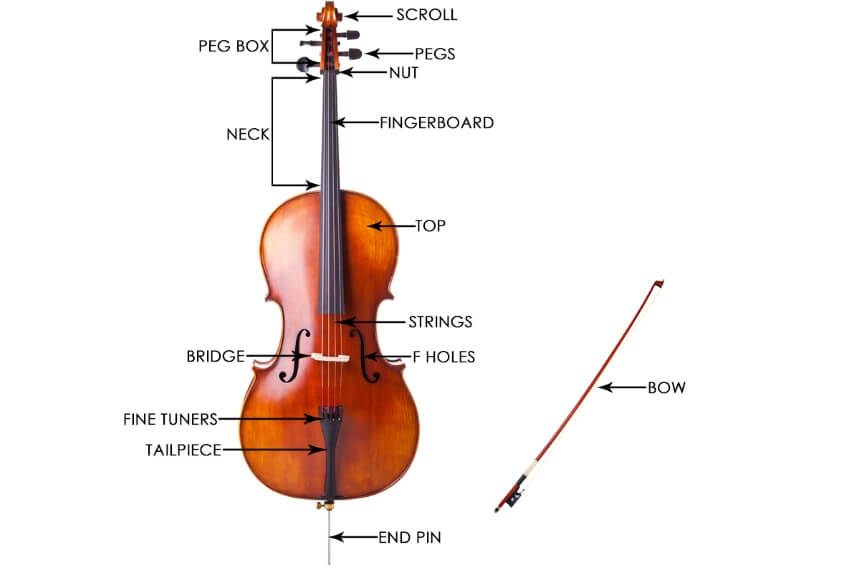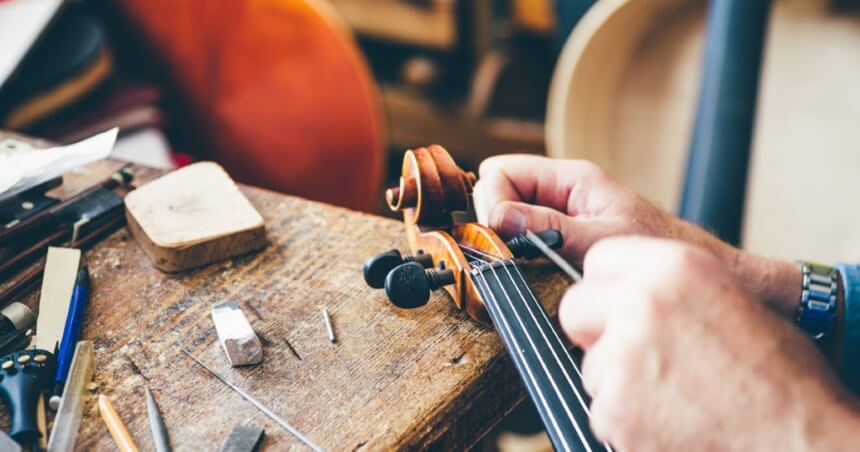As a beginner who is just starting to learn how to play the cello Trusted Source Cello - Wikipedia The cello or violoncello is a bowed (sometimes plucked and occasionally hit) string instrument of the violin family. Its four strings are usually tuned in perfect fifths: from low to high, C2, G2, D3 and A3. en.wikipedia.org , your instructor is who usually will help with tuning the cello every lesson that you have. However, if you are learning at home or online for some reason or the other, or you just cannot get it tuned for you by someone else, you need to know how to tune a cello.
In the beginning, tuning the cello can be a challenging task, especially as a beginner. You might have tried it and thought to yourself that you would never know how to tune it. Well, the good news is that you can learn how to tune the cello effectively. And with the cello, the more you tune it, the easier it will become for you to do so. When the cello is tuned, it can make your playing easier, more enjoyable, and pleasant to the ears. Furthermore, it will assist you as a beginner to know where to place your finger during playing.
In this post, we will show you some of the best ways to tune the cello and other important information that would help you with this.
 You have just played a perfect composition, and you drop your cello for some days. You come back to it and observe that your well-tuned cello has lost all the tuning. What is responsible for that? Well, in this section, we will see some of the reasons why your cello might be out of tune.
You have just played a perfect composition, and you drop your cello for some days. You come back to it and observe that your well-tuned cello has lost all the tuning. What is responsible for that? Well, in this section, we will see some of the reasons why your cello might be out of tune.
If it happens to you, do not fret – it is not a strange phenomenon. In fact, it happens to everyone. Here are some reasons.
The process of tuning the cello is simple and straightforward, and in this section, we will consider the important things to do that will help you get it done quickly and correctly.
First of all, the cello will be fitted with two sets of tools for tuning. In most cellos, these are the pegs and the fine tuners.
Now that we know what to look out for, we will now delve into how to use these parts to tune the cello.
 Before you start tuning the cello, you have to be sure that it is in tune. So, how would you know when it is in tune.
Before you start tuning the cello, you have to be sure that it is in tune. So, how would you know when it is in tune.
The bow might work as a helpful indicator of the tuning of the cello. You should bow a long, clear note that will sharpen the pitch without making it too soft.
One of the most popular ways that experts and players use in tuning their cello is by playing its notes against those of a piano or keyboard.
Another way, which is easier, is to check with an electronic cello tuner or an app for tuning on your instrument.
The pegs, as we have earlier pointed out, are found at the top of the cello. The strings are designed over the raised piece of ebony and into the pegs and peg box. Each of these strings has a peg and a hole through which it passes. It is then connected to individual pegs. Rotating the peg will either loosen or tighten the string against the peg.
Tuning the cello using the pegs can be hard, especially if you ate a beginner. However, you can still do it.
When should you use pegs for tuning? We recommend that you use the peg box only at times when the string is really out of tune.
The fine tuners, or string adjusters, are located at the bottom of the cello. These are relatively easier to use for tuning the cello. You can adjust the tuners by turning the screws that are attached to them. If you tighten it anti-clockwise, it will flatten the pitch as this will loosen the string.
The best method is the turn with these screws. The only time these might not be great is if the peg has slipped and the string is too far out.
You can tune the cello using an app on your device. It works best if all the strings are tight to start with. If a string is loose, you might have a hard time using the app.
But if the strings are tight, you can start with the A string down to the G string, then back to the E string.
When all else fails, you can always call on a teacher to assist you with the tuning of the cello. Ask your instructor or someone with more experience playing to help you to tune the cello.
 If your strings are brittle and not protected, the chances are high that it might break off during playing. Therefore, it is important to maintain the strings. There are some tips that can help you. Let’s go over them.
If your strings are brittle and not protected, the chances are high that it might break off during playing. Therefore, it is important to maintain the strings. There are some tips that can help you. Let’s go over them.
Whether you are a beginner or an expert, you need to know how to tune a cello. This post has provided information on how to do this correctly. We have also provided tips on how to maintain your strings and make them last you for a longer time. Use this information to get the best out of playing your cello.